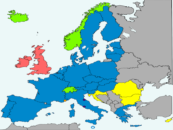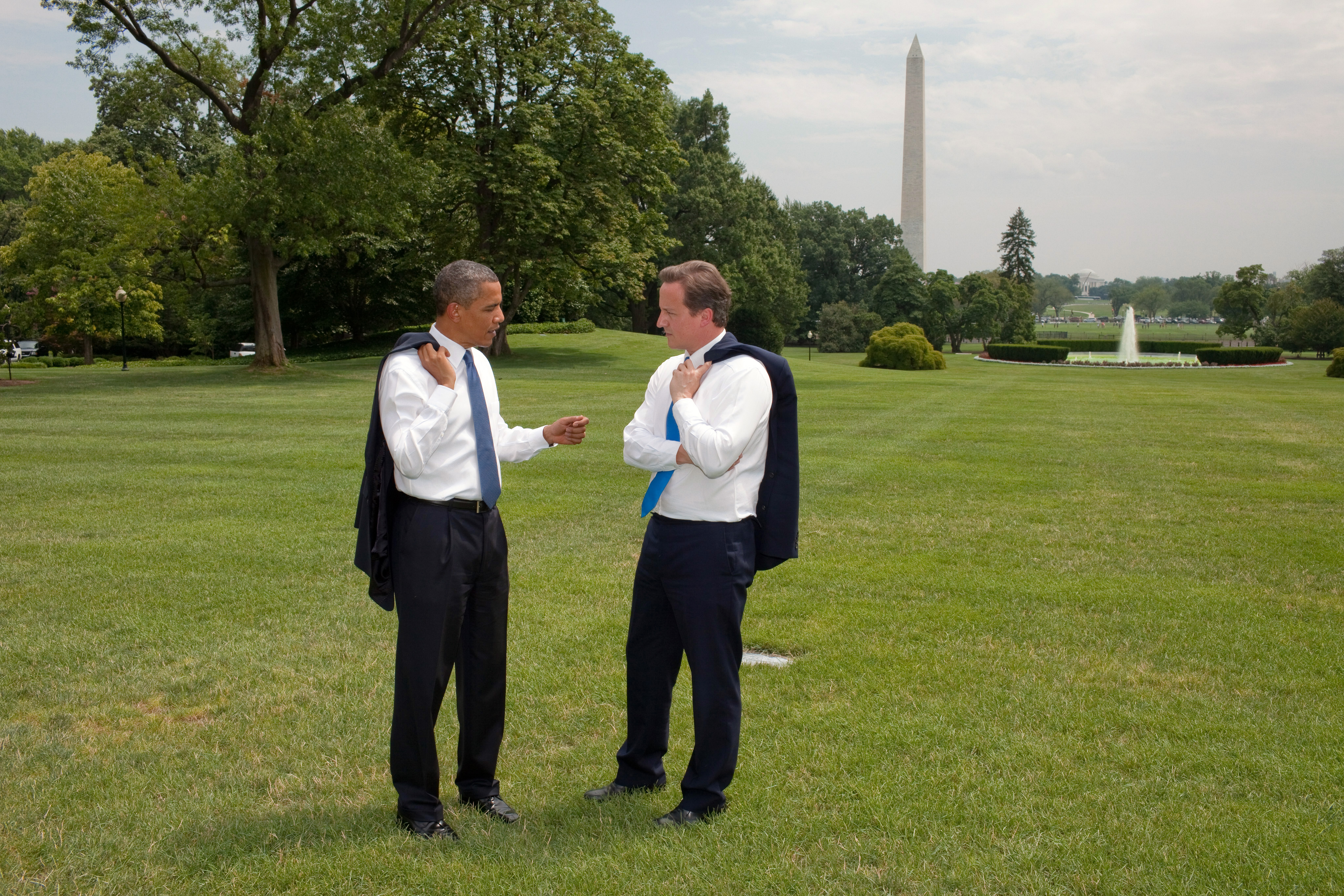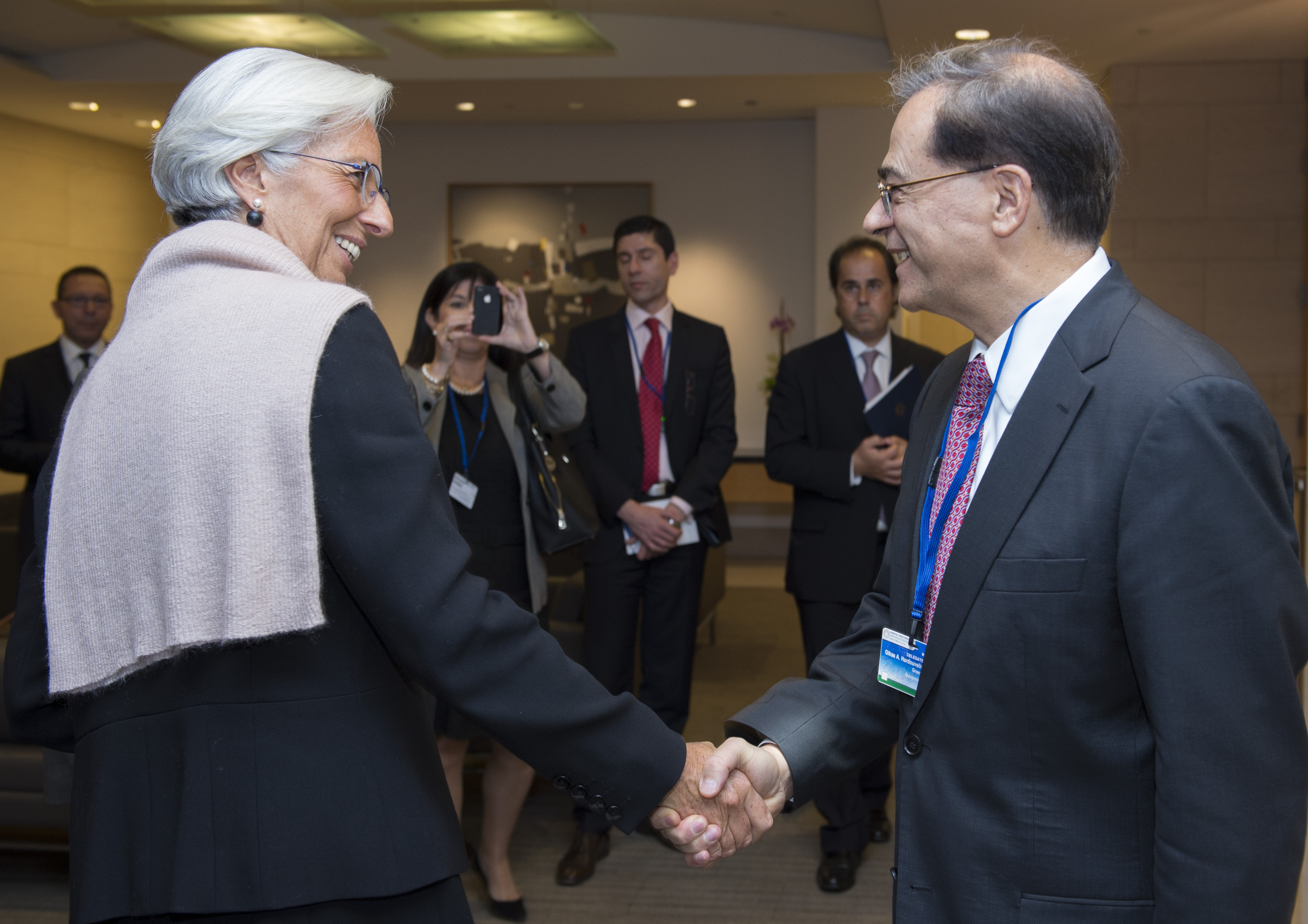Erdogan has stated that Ankara will not go ahead with a landmark deal made with the EU in March, 2016, should the EU fail to grant visa-free travel to Turkish citizens by October. The deal would return all the illegal migrants reaching Greece from Turkey’s shores in exchange for the EU taking taking verified Syrian refugees from Turkey and funding Turkey to continue supporting displaced peoples and migrants from the middle east. The deal would have sped up Turkey’s EU accession, but the the Visa free travel condition has failed to comply with the EU’s 72 criteria for ascension.
With 1.8 million asylum seekers entering the EU from North Africa and the middle East being reported by FOREX last year, Europe can not afford to lose a deal that would eliminateTurkey as a conduit for the movement of migrants. Erdogan, however, has recognized this position of control over a major population of 4 million migrants within Turkey and its key situation on the path to Europe, and is choosing to use it as coercive tool. The very idea of this works to strain the already tense negotiations over Europe’s open internal borders as the Turkish government uses the threat of loosening population and border controls as a weapon in the battle for EU membership.
A Country’s border is the essence of its sovereignty and something it is very opposed to keeping completely open in even the best of circumstances. Political divisions prior to the 2008 financial crisis kept European countries from reaching a political unity, but not enough to prevent them from establishing the Schengen zone. For a long time, the Schengen agreement has served as the precedent for successful political unity and harmonization. But the Schengen Borders Code, the legal text eliminating internal border checks between countries that signed the agreement and creating a harmonization plan for the their external border, only came into effect in 2006, 2 years before the financial crisis. As the crisis began to unravel the EU shared market and debt support system, old nationalist tensions flared, demonstrated in the rising popularity and victories of nationalist parties in the following years. It was, however, the mass movement of migrant populations that really began to strain an already stressed and besieged system. Deeply stuck in a financial quagmire, the EU became rocked with internal problems.

Blame was placed with other countries in the union for not carrying their weight, old tensions and regional slights came up. Portugal, Italy, Ireland, Greece, and Spain, were referred to within European investment circles derogatorily as the PIIGS. With debt bailouts going to these countries with traditionally weaker economies, financial jokes turned into political vitriol.
But nothing strained the system more than the introduction of a mass influx of migrants that started in 2014. Responding to the growing humanitarian crisis of migrants literally dying to reach a better life, the EU leadership in Brussels and heavy weights like Germany pushed to open the external borders. With an internal borders policy only 8 years old, traditionally ethno-homogeneous countries began to reel as hundreds of thousands of people with from a completely different regional culture group streamed through Europe. Hungary, one of the few countries which had a strong right wing party in power at the time, was the first to enact the clause allowing national autonomy in determining external border policies to wall its borders with the Balkans. Slowly, other countries like Poland joined suit.
In the face of the increasing number of crimes perpetrated both by migrants and to a lesser degree against them, fear was a predictable reaction to increasing instability. A system overburdened by unprecedented numbers did not help much either. With the Dublin Regulation, assigning the responsibility of handling asylum cases to the country of first arrival in the Schengen zone, and the underfunding and undermanning of the FOREX border control agency, border countries like Hungary were left to handle large burdens with less support then promised. Assimilation and migration became a flashpoint in the internal politics of the EU. Brexit showed the tensions over the free movement of labour from other EU countries within the EU, but the issue of external migration is continuing to fuel right wing separatist parties in the EU to take up the precedent set by the UK referendum.
And though migrant populations have been shown to have less negative economic impact than feared in the short term, and even economic benefit down the road, the economic argument is being used to mask a political one. That countries which had remained ethnically homogeneous for the majority of their existence were simply not ready to assimilate and change at the rate being demanded by this massive influx. With their economies struggling, their ability to take care of their own native populations accustomed to a high level of social support and security left many countries asking why they should be burdening themselves with these people so unlike themselves.
A perfect storm of variables has presented the EU with an amazing challenge. The humanitarian and humanist ideals that the West prides itself on are at stake, and the EU has a duty and imperative to show it can assimilate and help these people, fleeing terrible violence and unimaginable struggles. It sits at a point where, for the first time, it will be tested to see if it, and the west in general, is truly as tolerant as it has been calling itself only 70 years after being the scene of the worlds fiercest and bloodiest conflict. But the threat of population pressure is something that is now being taken out of the EU’s hands. In doing so Erdogan is behaving like an enemy of the European project rather than a prospective member. Coercive measures will not save the EU, and the threat of 4 million more migrants could be the nail in the coffin of one of the most ambitious political endeavours of our time.
Cover Photo Courtesy of Robert Crotić (2015) via WikiCommons (Licensed under CC BY SA 3.0)
Disclaimer: Any views or opinions expressed in articles are solely those of the authors and do not necessarily represent the views of the NATO Association of Canada.




